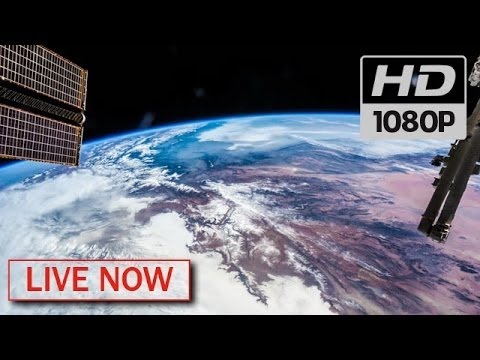

The High Definition Earth Viewing (HDEV) experiment mounted on the ISS External Payload Facility of the European Space Agency’s Columbus module was activated Apand after 5 years and 79 days was viewed by more than 318 million viewers across the globe on USTREAM alone. Thank You to all who shared in experiencing and using the HDEV views of Earth from the ISS to make HDEV so much more than a Technology Demonstration Payload! After HDEV stopped sending any data on July 18, 2019, it was declared, on August 22, 2019, to have reached its end of life. If you like space or astronomy then you will love. The loop will have “Previously Recorded” on the image to distinguish it from the live stream from the Node 2 camera. See the Earth as the astronauts see it with a 24/7 video livestream from the International Space Station. If the Node 2 camera is not available due to operational considerations for a longer period of time, a continuous loop of recorded HDEV imagery will be displayed. The camera is looking forward at an angle so that the International Docking Adapter 2 (IDA2) is visible. 15 minutes ago &0183 &32 NASA had warned that a newly discovered asteroid would whizz by the earth on Saturday, March 25. Node 2 is located on the forward part of the ISS. All rights reserved.Currently, live views from the ISS are streaming from an external camera mounted on the ISS module called Node 2. Labels and map data © OpenStreetMap contributors. Tropical storm tracks are created using the latest data from NHC, JTWC, NRL and IBTrACS. Weather forecast maps show precipitation, wind, temperature and more using the latest global model data from DWD ICON and NOAA-NWS GFS.

Coverage is limited and may show glitches/anomalies. Radar maps show rain and snow detected in real-time. Heat sources show areas of high temperature using the latest data from FIRMS. HD satellite images are updated twice a day from NASA polar-orbiting satellites Aqua and Terra, using services from GIBS, part of EOSDIS. Nicola Fox will serve as the associate administrator for the agency’s Science Mission Directorate. Venus' ‘Squishy' Outer Shell May Be Resurfacing the Planet Dr. EUMETSAT Meteosat images are updated every 15 minutes. Venus may be losing heat from geologic activity in regions called coronae, possibly like early tectonic activity on Earth. Live satellite images are updated every 10 minutes from NOAA GOES and JMA Himawari geostationary satellites. View LIVE satellite images, rain radar, forecast maps of wind, temperature for your location.


 0 kommentar(er)
0 kommentar(er)
